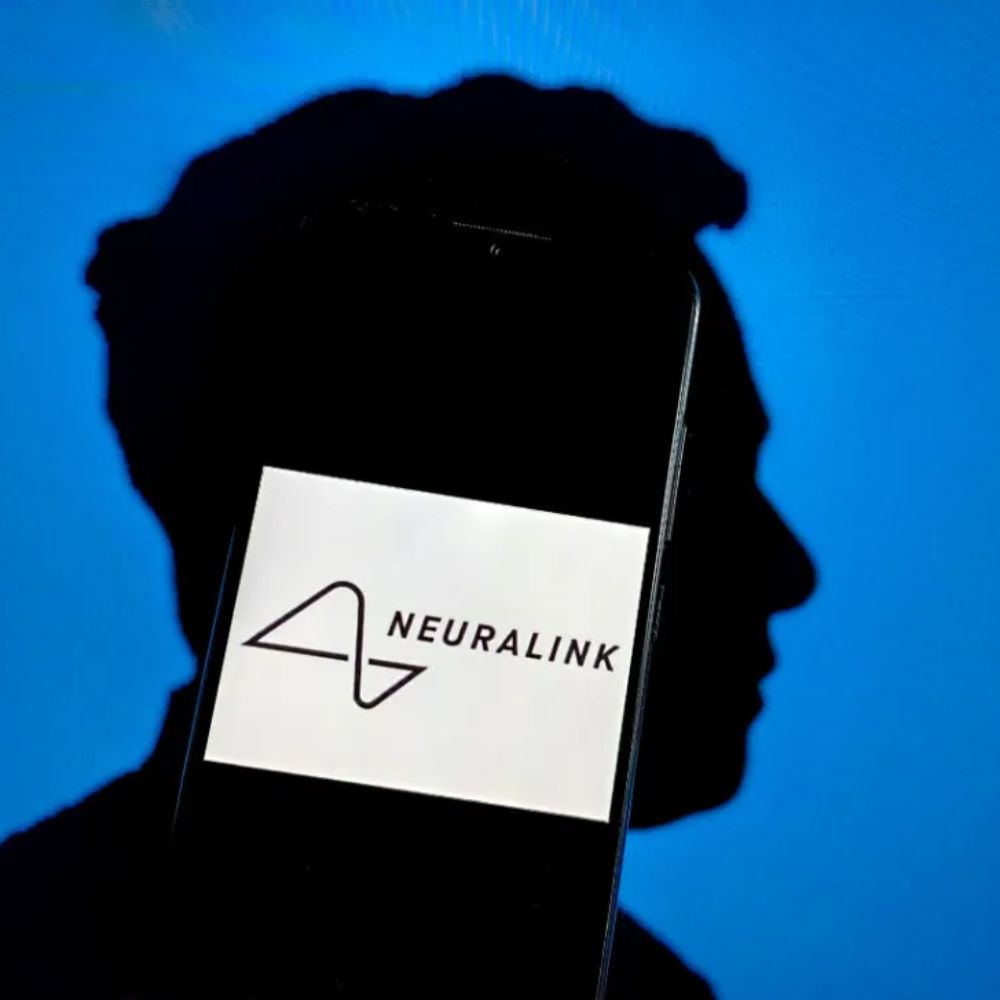Neuralink’s Second Human Implant: A Leap Towards “Superpowers”

Neuralink’s Second Human Implant: A Leap Towards “Superpowers”
- Category: News

Neuralink’s Second Human Trial
Elon Musk’s brain-computer interface (BCI) company, Neuralink, has announced its second successful human trial. This news was disclosed during a conversation on the Lex Fridman podcast, where Musk briefly mentioned that the second human implant trial was progressing well, stating, “So far so good.” According to Musk, the second implant is functioning effectively, with approximately 400 electrodes transmitting signals. BCIs are devices that enable communication between the human brain and computers through thought. Although this concept might seem futuristic, brain-computer interfaces have been in development for decades.
The fundamental principle is that brain activity generates electrical signals that can be measured and interpreted by machines. Similar to how an FM radio interprets signals as broadcasts, a computer can decode these electrical signals into specific commands. BCIs come in various forms, with some being worn externally and others, like Neuralink’s, surgically implanted. Neuralink’s first patient, Noland Arbaugh, who was paralyzed in a diving accident, has shared testimonials about how the device has transformed his life. With the implant, Arbaugh can now control computer interfaces such as mouse pointers to play video games, send text messages, and browse the internet using only his thoughts.
Neuralink’s Ambitious Vision
During the podcast, Musk expressed ambitious visions for Neuralink, stating that the technology could provide humans with extraordinary abilities. “Let’s give people superpowers,” Musk remarked, envisioning a future where Neuralink enables capabilities such as thermal vision, eagle-like vision, and even the restoration of sight for the blind. Furthermore, he suggested that Neuralink might offer solutions for various diseases and neurological disorders.
Musk also highlighted the potential for the implant to revolutionize human-computer interaction, suggesting that traditional methods like typing or speaking would seem “agonizingly slow” compared to communicating at the speed facilitated by Neuralink. While Musk emphasizes the benefits of rapid communication, basic sociology indicates that communication efficiency involves more than speed alone. For instance, elephants communicate using about 70 different trumpet sounds and around 140 visual and tactile signals. Despite being efficient, elephants do not produce literature or scientific papers. Human communication involves a complex mix of verbal and non-verbal cues, with the average person knowing about 27,000 lemmas (word derivations) and numerous non-verbal signals.
Research shows that our brains often process body language and expressions faster than written or spoken words. Ultimately, human communication is not just about speed but also about the richness of interaction. Musk also hinted at a future where Neuralink could enable humans to merge with AI systems, potentially expanding the brain’s capabilities. However, there is currently no scientific research to substantiate this claim. A 2019 paper speculates about a futuristic technology called “neuralnanorobotics,” theorized to monitor the brain’s vast network of neurons and synapses. Nevertheless, such technology is likely decades or even centuries away from realization.
- Watch Neuralink’s First Patient Play Chess Using Brain Implant | WSJ News
The Road Ahead for Neuralink
The progress made by Neuralink in its second human trial marks a significant step forward in the development of brain-computer interfaces. With approximately 400 electrodes providing signals, the implant shows promise in enhancing communication between the human brain and computers. As demonstrated by the experiences of Noland Arbaugh, the technology has the potential to improve the quality of life for individuals with severe disabilities by enabling them to interact with the digital world through thought alone.
However, Neuralink’s vision extends far beyond assisting those with disabilities. Musk’s comments about giving humans “superpowers” highlight the broader ambitions of the company. The idea of using Neuralink to provide enhanced sensory abilities, such as thermal and eagle-like vision, opens up possibilities for future applications in various fields, including medicine, military, and entertainment. The prospect of curing diseases and neurological disorders through Neuralink’s technology also underscores the potential impact on healthcare.
By providing a less invasive and potentially more effective means of addressing neurological conditions, Neuralink could transform treatment options for patients worldwide. Despite these promising developments, challenges remain on the path to widespread adoption. The concept of merging human cognition with AI systems, as suggested by Musk, is still speculative and requires substantial scientific advancements. Moreover, the ethical considerations surrounding brain-computer interfaces, including privacy, security, and the potential for misuse, need to be thoroughly addressed.
In conclusion, Neuralink’s second human trial represents a crucial milestone in the evolution of brain-computer interfaces. While the technology holds promise for transforming communication and potentially offering new abilities, its full realization and integration into society will require continued research, collaboration, and careful consideration of ethical implications. As Neuralink progresses, it will be essential to balance innovation with responsibility, ensuring that the benefits of this groundbreaking technology are accessible to all while safeguarding individual rights and well-being.
- Curious to learn more? Explore more article on: Mr. Business Magazine







